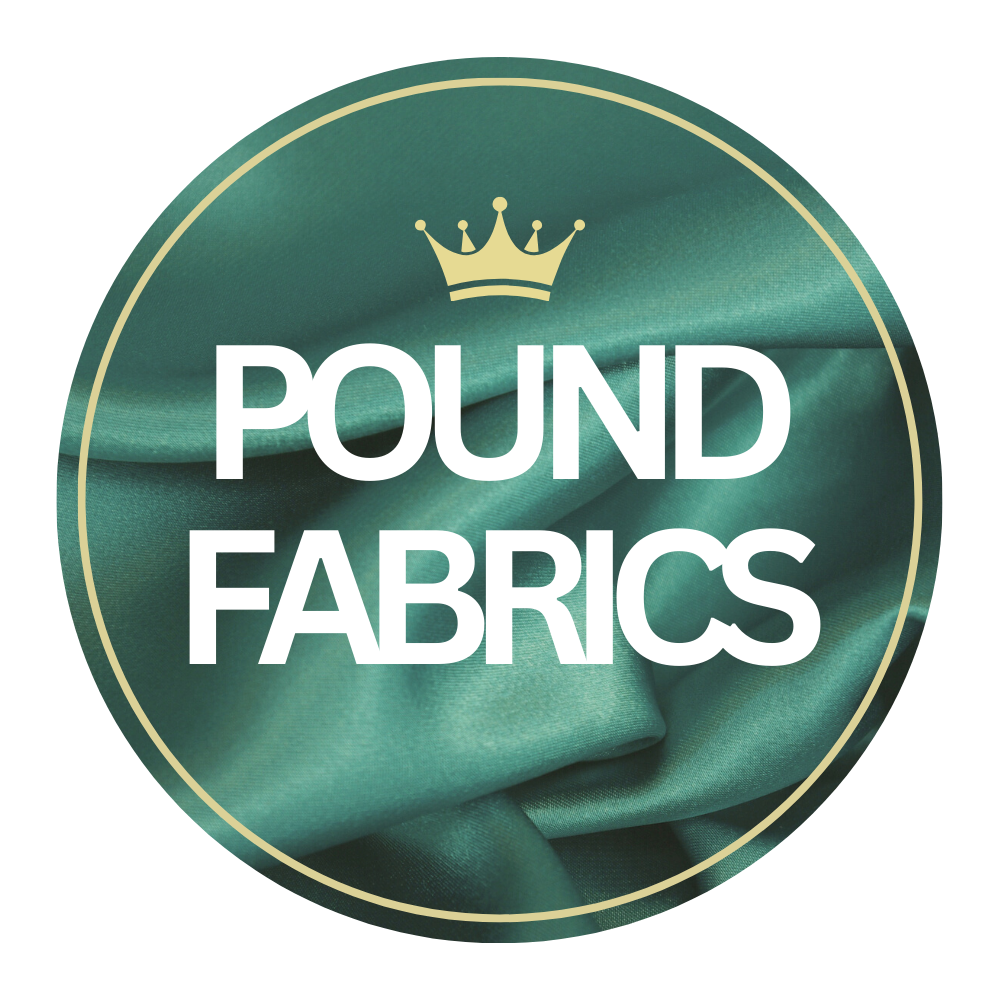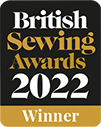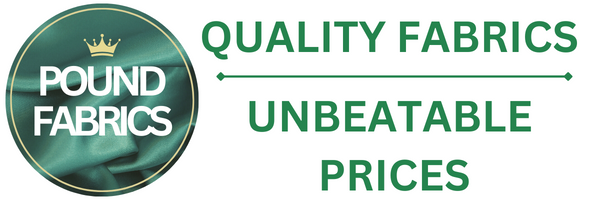Fabric curtains are by far the most popular means of blocking exterior light out of our homes. Nowadays, we need them more than ever! We’re becoming increasingly aware of the importance of flooding our living spaces with natural light in the day time (it helps to regulate our circadian rhythms and supplies us with a healthy dose of vitamin D), so many of us are opting for properties with larger windows, French doors, or ceiling to floor sliding glass doors, which then need to be covered at night. More and more of us are also opting to live in city areas, where street lights placed directly outside our windows tend to stay on from dusk till dawn. Now, there are plenty of pre-made sets of curtains out there that can do the job. But there are various reasons that you might want to make you own. Whether you want a truly unique pair of curtains in your home, desire curtains that perfectly match other aspects of your interior design or are planning on making and selling curtains for a living - you’re going to have to put a fair amount of thought into your project before moving forward. For now, let’s focus on choosing the right curtain fabric.
What do you want from your curtain fabric?
Before you start browsing curtain fabric, you need to ask yourself: what do you want from your curtain fabric? What will its purpose be in your home? What role will it play? How do you want it to look and feel? Here are a few factors to take into consideration at the outset of your project!
What level of light do you want in the room that the curtains will hang in?
Your main priority should be ensuring that your chosen curtain fabric serves its main purpose - blocking out light. Now, that’s not to say that everyone needs to choose a blackout material. Rather, you need to figure out what you want and ensure you choose the right curtain fabric for the job. If you want a pitch black room, heavy fabrics will be preferable. If you want a little privacy, but still want your space to be bright, you could better benefit from sheer or semi-transparent materials - these will filter light through at the same time as obscuring the inside of your home to outsiders. Then there are a whole host of different desired levels of light in between and each will be better suited by a different curtain fabric to the next.

Do you want to block a draft?
Some windows are drafty. You could pay to have them replaced, but many of us simply opt to create curtains which can serve to block the draft. If this is your aim, there’s not much use in choosing lightweight materials with more open weaves. You will want to browse heavier curtain fabrics. On the other hand, if you’re looking for a curtain fabric that will float in the breeze and allow air to circulate from an open window that they are covering into your home, you may want to apply the opposite logic to your choice.
How much do you want to spend?
Of course, different curtain fabrics come with different price tags. If you have an unlimited budget, this isn’t going to phase you. But for many of us, cost can be a huge determining factor when it comes to fabric choice. The good news is that you have options. If you’re set on an expensive curtain fabric, chances are that there is an alternative, which is similar but cheaper.

Popular Curtain Fabric
By now, you should know what you are looking for in your soon-to-be-chosen curtain fabric. But which curtain fabrics can tick your boxes? Here are just a few popular curtain fabrics that you might want to take into consideration.
Cotton Curtain Fabric
Cotton is perhaps the most commonly used material for curtain fabric. You can find a wide variety of pure, 100% cotton curtain fabric or curtain fabric that is a cotton-poly mix. While cotton itself is relatively lightweight and doesn’t block all light out when it stands alone, it is generally lined to meet its final purpose of keeping rooms dark.
Linen Curtain Fabric
Linen seems to be gaining popularity in interior design recently, with many people investing in linen sheets and bedding for their bedrooms. So, it’s not all too surprising that increasing numbers of us is starting to consider some linen curtains to match! Linen curtain fabric is ideal for those of us who are seeking a more relaxed and natural style of interior design. It has natural slubs and are prone to creasing, which you would initially think are negative characteristics, but actually contribute greatly to the character of final pieces made from the material!
Silk and Faux Silk Curtain Fabric
Silk curtain fabric holds great visual appeal. It’s elegant and perfectly complements spaces that have been purposefully designed to give a light and airy feel. Silk curtain fabric, of course, is going to hold a greater price tag than faux silk. Its weave is unique, it tends to reflect light at different angles, and is generally softer to the touch than faux silk. But faux silk curtain fabric has vastly improved over the years and, nowadays, many people are unable to tell the difference.
Wool Curtain Fabric
We tend to associate wool with clothing. But it is becoming increasingly popular in interior design. If you scour the market now, you’re much more likely to come across wool cushion covers, seat covers, and sofa covers than in the past. So, if you want to find a curtain fabric that will match this texture, you’ll find that wool curtain fabric is likely to be ideal for you. Remember that wool does have much more to offer than its attractive and cosy appearance alone though! It is also extremely practical. As wool is a brilliant insulator, your curtains can actually help to keep heat inside your property when the temperature drops too. What’s more? Wool is a natural fabric, so will biodegrade. This also makes it an environmentally friendly curtain fabric to opt for.
Velvet Curtain Fabric
If you want heavy coverage that can really block light out but want your curtains to take on a more decadent aesthetic, you might find velvet curtain fabric to be the perfect alternative to wool. Velvet curtain fabric can be made from natural fibres or synthetic, man-made fibres - either make a truly luxurious material for you to work with. The style of velvet that you can acquire also varies significantly. Whether you prefer the look and feel of standard velvet, crushed velvet, or chenille velvet, whichever you choose can be worked into a stunning set of curtains.
Hopefully, all of this information has given you a better idea of the different factors you should take into account when browsing and purchasing curtain fabric. Having this footing will give you increased confidence in picking out the perfect material first time round - you’re much less likely to opt for something, only to find that it isn’t quite fit for purpose down the line. Now is a better time than ever to browse our new collection of curtain fabrics!















Leave a comment (all fields required)